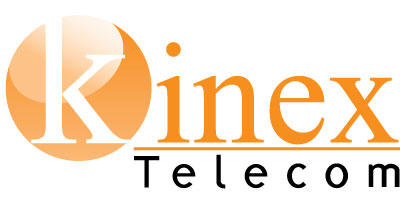Fiber Optic FAQs
What is fiber optic internet and how is it different?
Fiber optic internet is a type of broadband internet that uses fiber optic cables to transmit data. It is a wired connection that is faster and more reliable than both DSL and cable internet. Fiber optic internet has faster upload and download speeds and is more reliable. The strands of fiber are made of glass and transmit pulsing light. Older technologies like DSL and Cable use copper which can’t scale like fiber does.
Will fiber make my internet and TV streaming faster?
Absolutely. With more speed you can support multiple HD TV or Youtube streams without the dreaded ‘buffering’. Fiber will also grow with your household needs as new technologies continue to push the boundaries of speeds across fiber networks. Gamers will love our low and consistent latency.
What speed would be best for my household?
That depends on how many devices and users you have and what you use it for.
- 100Mb x 50Mb works for light email and web browsing along with a few video streams (Youtube, Netflix, etc).
- 200Mb x 50Mb works well for a household where there’s more than a few TVs and household smart devices like cameras and voice assistants.
- 300Mb x 50Mb works well for a household with many TVs, smart devices, security systems, voice assistants and budding gamers.
- 500Mb x 100Mb is recommended for people who work from home with all of the previous items taken into consideration.
- 1000Mb x 500Mb is recommended for heavy downloaders, streamers and internet users, along with gamers who download multi-gig content for their Computers and Consoles and also require the absolute lowest latency.
What equipment do I need for fiber internet?
We recommend TP-Link routers, either the AX1500 or AX3000 to start. This will cover homes up to 1800 square feet. For larger/multi-level homes, we recommend TP-link’s Deco system of base stations and satellites for full home coverage. Just make sure the wired connection (the side that plugs into our fiber modem) is gigabit capable, not 100/Mb. If you’re not sure, send an email to sales@kinextel.net and we can point you in the right direction.
How long does it take to get fiber installed in my home?
This depends on what phase of our build you are in. If you’ve seen our crews burying fiber, dropping in large boxes (handholes) or putting in orange conduit (pipe), that’s the first step into bringing the internet to you. If conduit has been put in, there’s still fiber that needs to be placed into the conduit. Then crews will begin splicing the end-to-end sections of the fibers and any lateral roads that tie in along that build section of build. Electronics may need to be deployed in remote locations to ‘light up’ the fibers. Testing of the optical strands will need to be done for quality control purposes. After testing and engineering approval, we then splice in ‘splitters’ to feed customers. Once that is complete, we’ll call Miss Utility for your location and have any underground public utilities marked, which will require more splicing where your house fiber connects into the main ‘trunks’. Finally we’ll call to schedule the inside fiber run along with electronics.
This is all to say this is a large project with many moving parts that you might not always see happening. A crew might be working miles up the road on things that will directly affect you. It’s very hard to nail down a certain date as things are always in motion. You can use our signup portal at https://signup.kinextel.net and put in your address. Once we are ready to officially start offering services the system will let you know.
Why is my neighbor a mile up the road (on the same road) able to get the internet before me?
Your location might be in a different Field Service Area than your neighbor. The fiber is distributed in such a way that we maximize coverage while allowing for future growth. Be patient, if things are starting to light up all around you then you should be coming online in the near future.
Phone Service and cost
Phone services include Caller ID, Call Waiting and Voicemail for residential customers. You can keep your current number thanks to local number portability. Lines are 29.95 a month plus taxes/fees (not our fees, all mandated by state and local entities). You can expect at least another 30% in fees with each phone line. You won’t need any special equipment to use our services.
